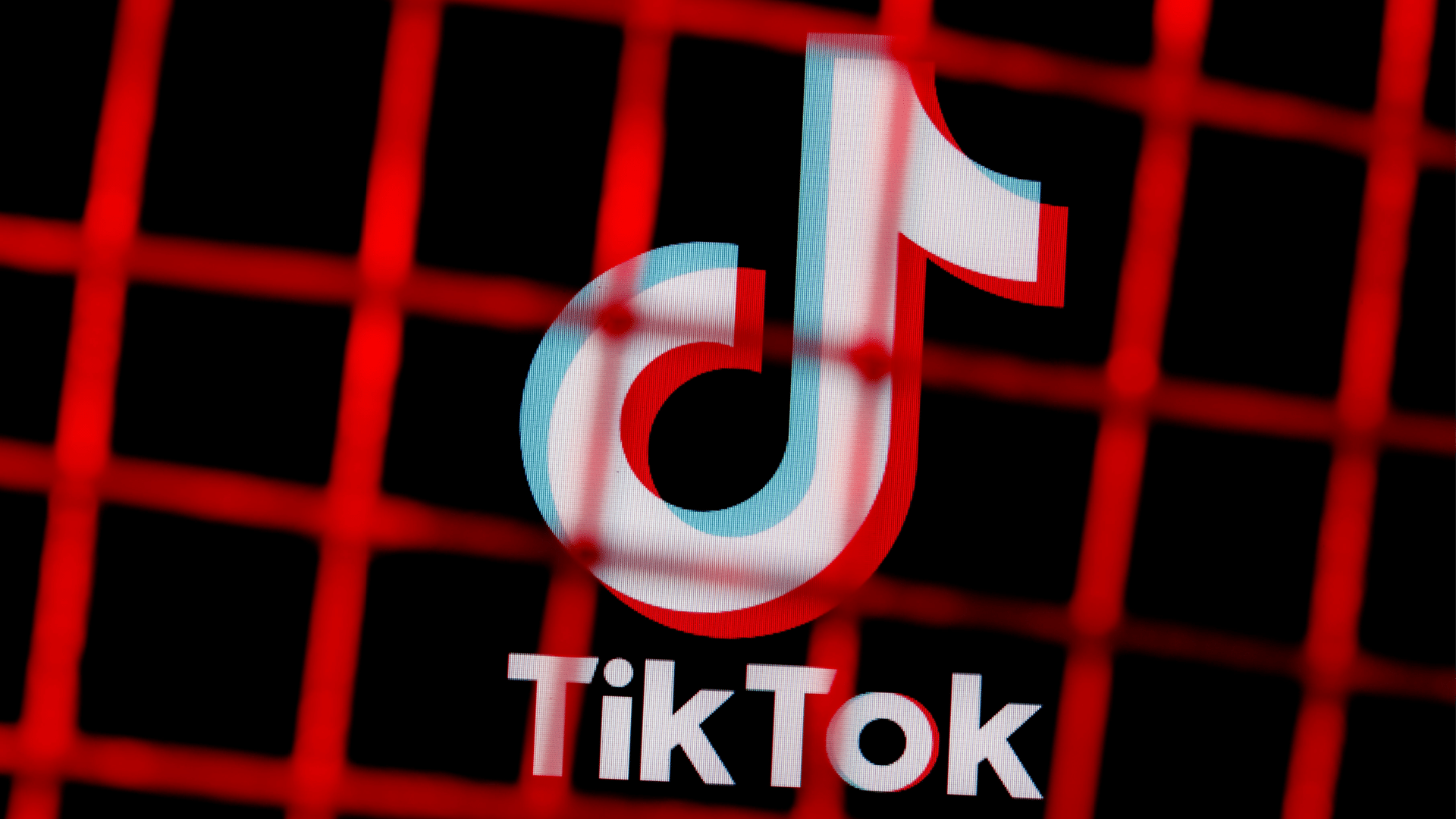As one of the fastest-growing social media platforms of all time, TikTok is a creative, collaborative, high-engagement environment that reaches many demographics, drawing attention from marketers in all industries.
But President Joe Biden just signed the legislation that could block TikTok’s ability to operate in the U.S. unless TikTok’s Chinese parent company, ByteDance, sells to a U.S.-based business by July. This could affect five million businesses and 150 million Americans who risk losing access to the popular social media platform.
Global brands recognize the importance of TikTok as a key way to reach and engage with audiences, encourage user-generated content and partner with relevant influencers. Duolingo, McDonald’s and Stanley are just a few examples of companies successfully using TikTok to grow their audiences and create viral content that fosters multi-generational engagement and brand affinity.
Will TikTok disappear, at least from the U.S.? Time will tell. But this new law reminds us of the platform’s benefits and warns of the risks of over-relying on uncontrolled third-party platforms to connect with audiences. It’s a lesson to safeguard your marketing strategy from wild-card situations.
Elon Musk’s purchase of Twitter, now X, showed how much a single disruption, like a change in leadership, can massively impact a platform.
In addition to changing the name and logo, Musk made a series of sweeping changes to the app, causing UX issues, outages and a flight of users and advertisers. Musk has recently indicated that X may begin charging new users to post.
In March, the business networking site LinkedIn experienced an outage. Users trying to access the Microsoft-owned platform were greeted with an error page. Just one day earlier, nearly 2.4 million Facebook users experienced the same. Later that month, more than 5,000 Instagram users panicked when the platform went down for hours.
As for TikTok, bans have already begun in the U.S. Federal workers and contractors have not been allowed to use TikTok on any device that accesses government information since 2023.
The takeaway? Brands do not control social media platforms. They are merely using them as middlemen between them and their audiences. The risk of losing your branded content or visibility on social media remains ever-present.
Dig deeper: What marketers can do next time a major social network goes down
Undoubtedly, social media platforms are incredibly powerful marketing tools that increase brand visibility to reach a wider consumer audience. Social media gives brands a quick, free way to post regular content updates and connect with consumers throughout their journeys.
However, as managed assets, social media platforms are ultimately not fully controllable and are vulnerable to:
- The impulses of leadership.
- Economic troubles and failure.
- Market trends.
- Legislation.
- Other external unknowns.
Social media platforms can also ban, restrict and penalize your company at any time, and they don’t even need a reason (or their AI may get a little confused). Not to mention the risk of certain platforms simply dying out. Think MySpace, Vine and Friendster, to name a few.
The possibility of a TikTok ban and other social media issues rightfully gives marketers pause. Yet, brands need a social media presence because these third-party platforms are undeniably great for connecting with consumers. Both can (and should) be true at the same time. Marketers need to intentionally use these managed assets as part of a diversified mix of more controllable assets.
Brands should ask themselves how much of their marketing budget, equity and effort would be blown up if they lost access to a single channel. Then, they should work to mitigate these potential losses.
Dig deeper: Future-proofing martech strategies against macro forces
The lesson: Brands must prioritize owned assets
Ultimately, social media platforms are just a few channels in a sea of many. To minimize risk for your marketing spend and resources, it’s important not to spend too many resources in just a few uncontrolled channels. Instead, invest in owned assets, like your website, white papers, blogs and branding.
This way, you can increase your controlled reach, diversify your assets beyond managed and leveraged channels and optimize them to meet consumers where they are. You can even use your owned assets to influence sentiment across less controllable spaces.
Owned asset optimization turns traditional, channel-first marketing into well-supported and aligned campaigns. It injects control into the brand’s asset mix, builds a digital ecosystem and creates more direct-to-consumer touchpoints for authentic connections.
Brands must own their narrative as authoritative storytellers. Putting owned assets first and using third-party channels to amplify their core messages equips brands to weather whatever comes their way, from social media bans and beyond.
Dig deeper: How to turn your brand into a performance publisher
Opinions expressed in this article are those of the guest author and not necessarily MarTech. Staff authors are listed here.

